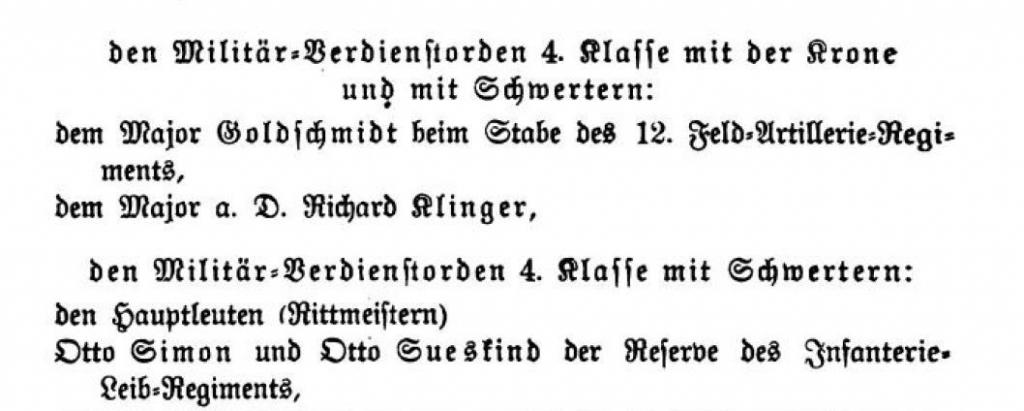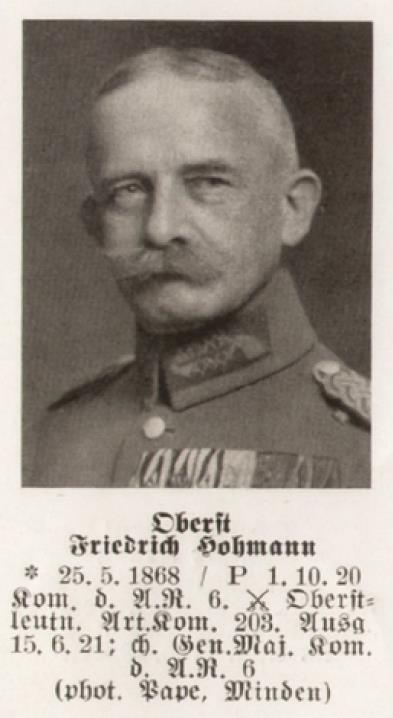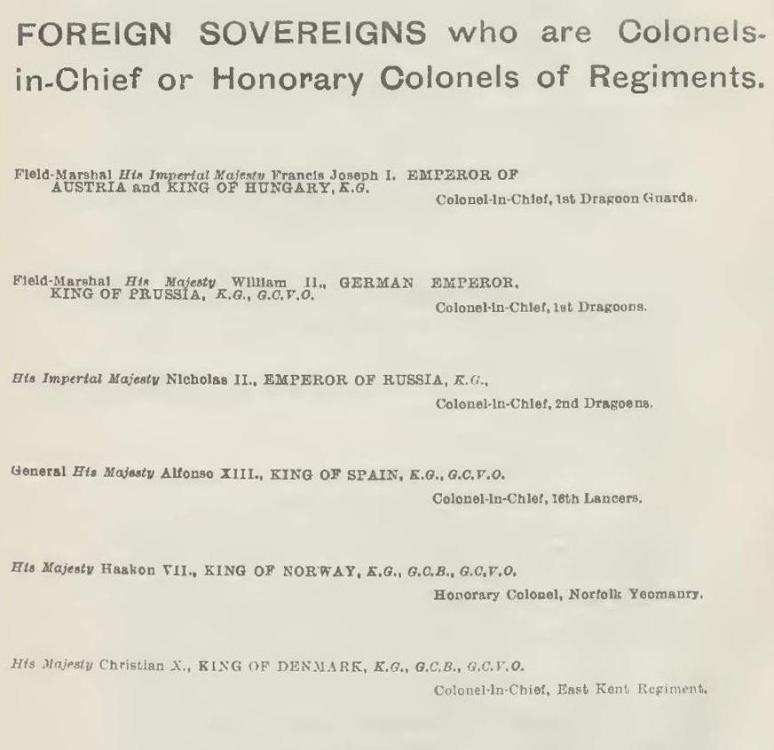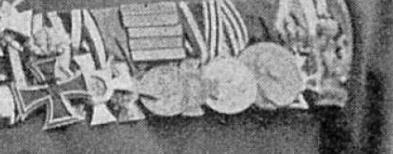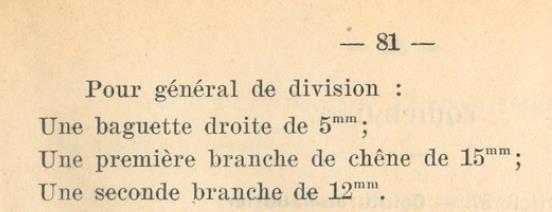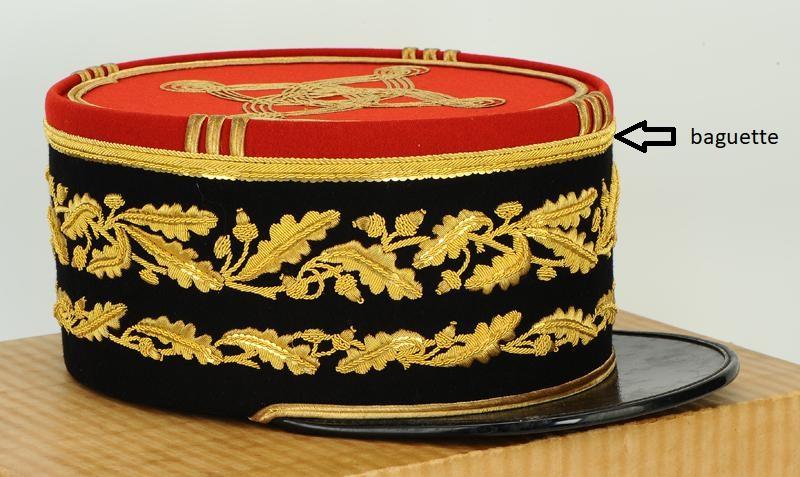-
Posts
2,234 -
Joined
-
Last visited
-
Days Won
55
Content Type
Profiles
Forums
Blogs
Gallery
Events
Store
Everything posted by Glenn J
-
I think he maybe rather problematical to identify. His epaulette insignia cannot readily be ascertained plus the fact he is retired (probably for many years) as evidenced by the “außer Dienst” bridles on his epaulettes. He will not therefore be listed in any army list at the time of this photograph. Regards Glenn
-
Indeed he was. He was already an Hauptmann i.G. before the war attached to the Prussian General Staff in Berlin. His former infantry regiment was 12. Infanterie-Regiment Prinz Arnulf and not the Leib-Regiment. Incidentally, he was executed as a member of the anti-Hitler resistance following the failed assassination attempt of July 1944 (23 Jan 1945) Regards Glenn
-
Great Photo Chris, Your Leib-Regiment officer is Otto Ritter von Hübner, commanding Landwehr-Infanterie-Regiment Nr. 2. In peacetime, commander of the cadet corps in Münich with the uniform of the Leib-Regiment. The two generals are Generalleutnant Otto Ritter von Gyßling and General der Kavallerie z.D. Otto Ritter von Schmidt respectively. Regards Glenn
-
Morning Claudio, I think this is conclusive; from an extract of a Kriegs-Rangliste of III. Bavarian corps showing Major Trautmann's awards. From top to bottom: Bavarian Jubilee Medal BMVO3 with Crown and Swords Bavarian Long service Decoration (DA) 25 years Prussian Centenary Medal Prussian EK2 Prussian EK1 Prussian Hohenzollern House Order 3 with Swords Saxon Albrechts Order Knight 1st Class with Swords Hamburg Hanseatic Cross Austro-Hungarian Military Merit Cross 3rd Class Mecklenburg-Schwerin Military Merit Cross 2nd Class Regards Glenn
-
David, the gentleman is a Warrant Officer Class One in the Coldstream Guards. The peak is fitted with the five rows of “Russia braid” of a WO1 and tailored at a steep angle to rest on the bridge of the wearer’s nose as is customary in the British Foot Guards regiments. Regards Glenn
-
Hi, as Simius as pointed out, the buttons on the captain's tunic are a bit of an issue. However, with regards to the grenade on the collar; that is the insignia of a non staff qualified (non breveté) officer attached to the general staff. Qualified staff officers (breveté) wore "Lightening rods" or foudre on their regimental uniforms. They are model 1898 officers' tunics for the Chasseurs à cheval. Prior to this, a braided hussar style jacket (dolman) was worn. Regards Glenn
-

Foreigners as Colonel-in-Chief
Glenn J replied to fritz1888's topic in Great Britain: Research, Documentation & History
Peter, you can find them listed by year in the published British Army Lists. Many are digitized at the National library of Scotland: https://digital.nls.uk/british-military-lists/archive/88735803 This from July 1914. Regards Glenn -
guys, many thanks to you both. I think a straight line or stripe of cannetille braid with gold sequins covers it. It should be noticed for completeness, that those generals of division with the function (rank and title) of a general commanding an army corps or those who were members of the superior war council wore an additional 3mm wide silver braid (soutache) above the "baguette". Regards Glenn
-
Hi SImi, indeed? This is an extract from the regulations and the seller of the kepi above describes it as: "et d’une baguette en paillettes et filets cannetilles d’or". Regards Glenn
-
Hi, thank you for your reply. I think we may be at cross purposes. I am referring to the line of braid above the oak leaves on the black cap band (bandeau). This model 1931 kepi is from the Bertrand Malvaux site. Regards Glenn


